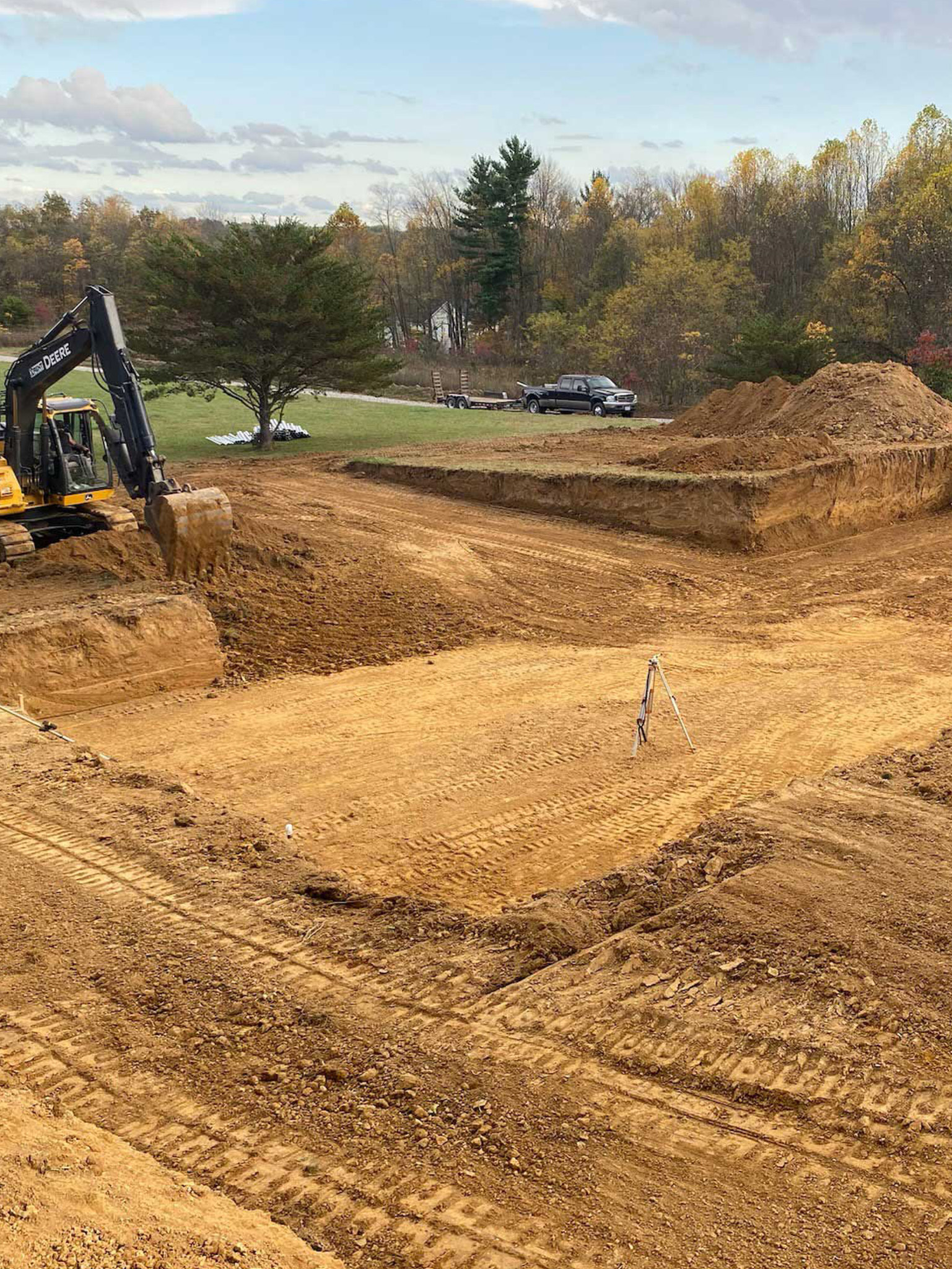Business Lancaster Trenching - Trenching Providers for Organizations in Lancaster
Business Lancaster Trenching - Trenching Providers for Organizations in Lancaster
Blog Article
Comprehensive Excavation Methods: Mastering the Principles for Success
The mindful preparation, exact implementation, and precise attention to detail required in excavation tasks require a detailed technique that includes various fundamental facets. The real mastery exists not just in comprehending these basics but in flawlessly incorporating them to navigate the intricacies of excavation jobs with finesse.
Recognizing Excavation Job Planning

Successful excavation projects are constructed on the foundation of thorough and careful planning. The first phase of any kind of excavation project is the planning stage, where critical choices are made that can considerably influence the outcome of the job. Throughout this stage, it is vital to gather all pertinent information regarding the website, including topographical surveys, dirt composition, and any type of possible hazards that may exist. Recognizing the project budget plan, scope, and timeline constraints is essential for developing a comprehensive excavation plan that guarantees the job's success.
One secret facet of excavation project planning is the advancement of a comprehensive timeline that details the series of milestones, activities, and deadlines. This timeline works as a roadmap for the job team, allowing them to track progress and make essential changes to make sure the job remains on routine. In addition, a distinct budget plan that represents all expenditures, including devices service, labor costs, and products, is important for avoiding cost overruns and hold-ups. By meticulously taking into consideration all these elements throughout the drawing board, excavation jobs can be performed successfully and successfully, causing successful outcomes.
Dirt Evaluation and Site Assessment
Performing comprehensive dirt analysis and site assessment is an important action in the preparation phase of any type of excavation job. Dirt evaluation includes determining the composition, structure, and homes of the dirt at the excavation website. This information is essential for understanding the soil's bearing capability, dampness content, and possibility for disintegration, which are vital variables in identifying the excavation techniques and devices needed for the job.
Site assessment goes past soil analysis and includes a wider assessment of the overall site conditions. This evaluation includes identifying any type of prospective hazards, such as underground energies, ecological problems, or unpredictable terrain, that can influence the excavation procedure. By completely assessing the site, project supervisors can create efficient excavation techniques that prioritize safety and security, effectiveness, and environmental protection.
Making use of innovative modern technologies like ground-penetrating radar, soil sampling, and drone studies can enhance the precision and effectiveness of soil evaluation and site evaluation. Spending time and resources in these preliminary actions can eventually save time and avoid pricey hold-ups or problems throughout the excavation procedure.
Equipment Option and Use
Efficient excavation tasks depend greatly on tactical tools selection and usage to make sure optimal performance and efficiency. Picking the appropriate devices for the task is critical in optimizing efficiency and minimizing downtime. Elements such as the kind of dirt, depth of excavation, and task scope play a substantial function in determining one of the most suitable devices for the task available.

In enhancement to picking the appropriate equipment, proper usage is essential to job success. Operators needs to be trained to take care of the tools securely and successfully - excavating ohio. Routine maintenance checks and prompt repairs aid protect against failures and make certain regular performance throughout the project
Precaution and Rules Conformity
In the world of excavation jobs, prioritizing safety and security actions and conformity with policies is paramount to ensuring a legitimately audio and protected functional atmosphere. Precaution include a range of techniques, consisting of conducting comprehensive website evaluations, implementing correct signage and obstacles, and offering ample security training for all personnel included in the excavation process. Adherence to guidelines, such as OSHA requirements in the USA, guarantees that the excavation task satisfies the necessary criteria to safeguard employees, onlookers, and the surrounding environment.

Monitoring Progress and Adjusting Strategies
Just how can forecast managers effectively track the advancement of excavation tasks and adjust their strategies accordingly to maximize results? Monitoring progression is necessary for making sure that excavation projects remain on track and satisfy due dates. Task managers can make use of different devices and methods to track progress, such as daily report card, normal website evaluations, and progressed tracking technologies like drones and general practitioners tracking systems. By continuously monitoring the project's innovation, managers can recognize any type of possible hold-ups or issues early and take proactive procedures to address them.
Conclusion
In conclusion, understanding the principles of comprehensive excavation strategies is vital for the success of any kind of task. By recognizing project preparation, analyzing soil and website problems, picking ideal tools, following safety policies, and keeping track of progression, project managers can make sure a effective and smooth excavation procedure. Executing these methods will result in successful outcomes and lessen possible dangers or troubles during the excavation project.
The initial stage of any excavation task is the planning phase, where vital choices are made that can substantially influence the outcome of the project. Recognizing the project timeline, budget, and extent constraints is essential for producing a thorough excavation strategy that makes sure the project's success.
How can forecast supervisors properly moved here track the development of excavation jobs and adapt their methods as necessary to maximize end results? By closely keeping track of development and being ready to adjust methods, task supervisors can boost the general success of excavation jobs.
By comprehending job preparation, analyzing soil and website problems, picking ideal tools, abiding with safety and security laws, and checking progression, task supervisors can make sure a smooth and efficient excavation process.
Report this page